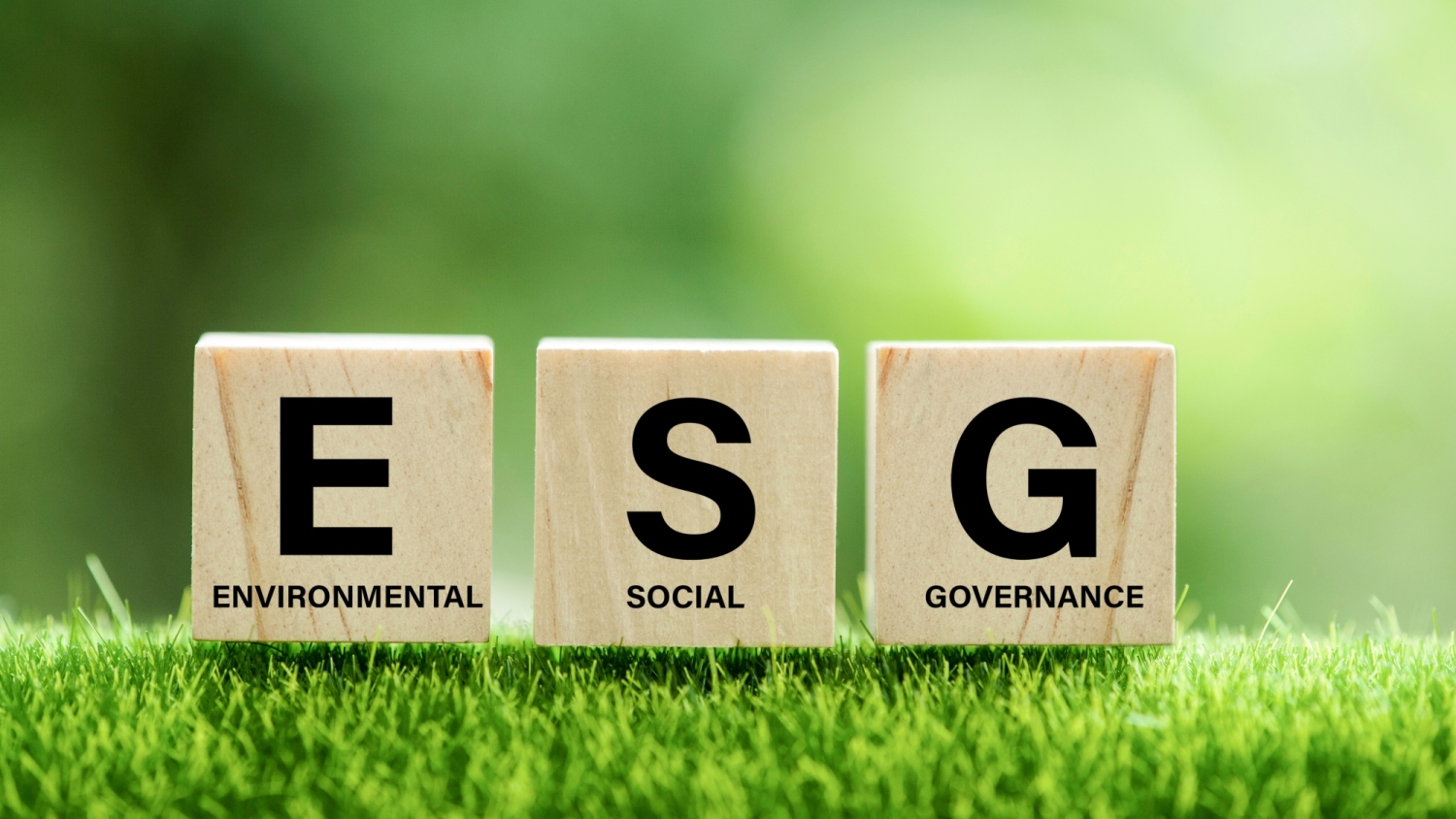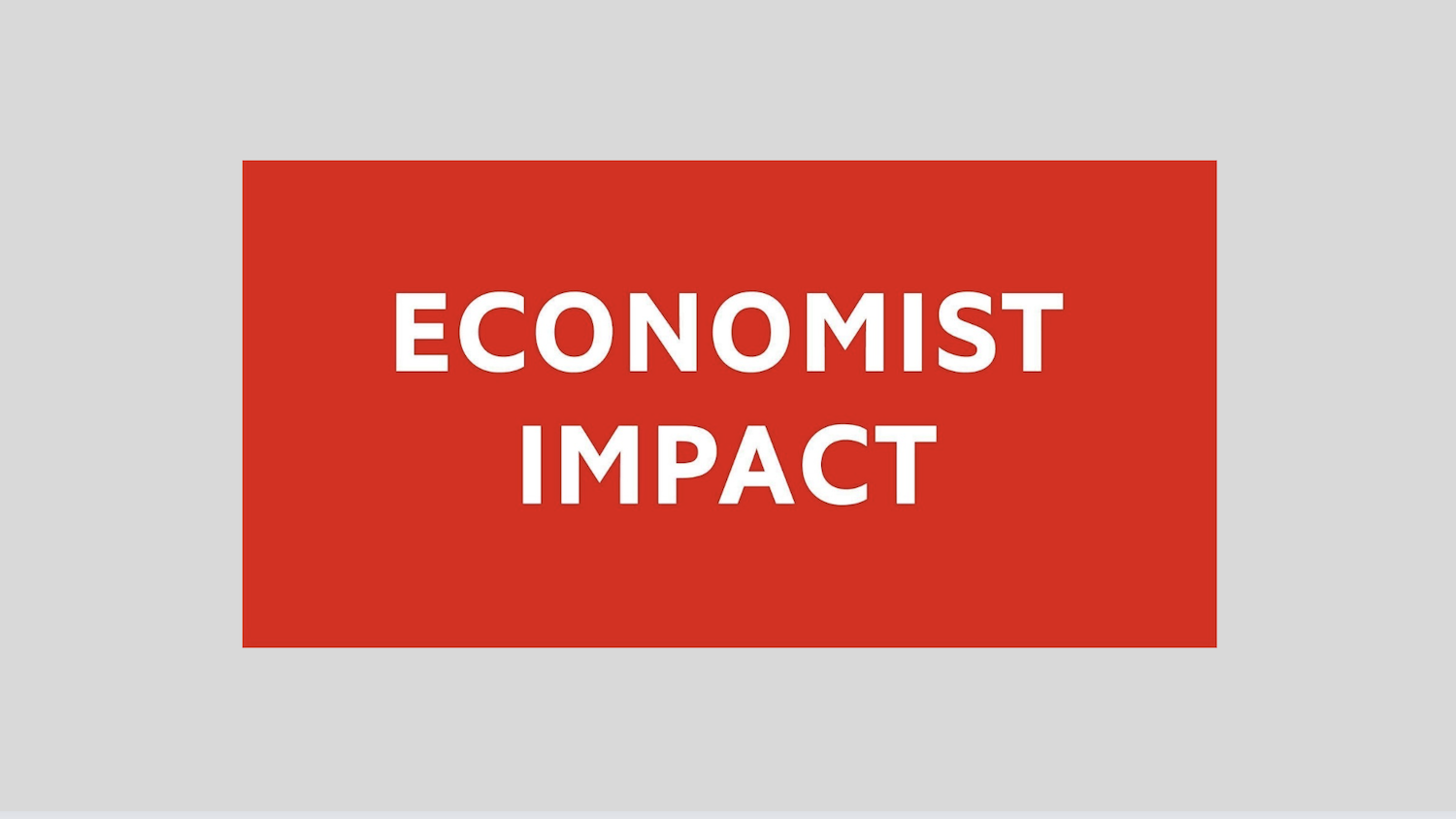Safer Sustainability: Mitigating Today’s Escalating ESG Risks

By Samantha Beavers
With corporate sustainability taking center stage in recent years, there’s been a lot of talk about companies’ environmental, social and governance (ESG) criteria. And in the last several weeks, there’s been even more buzz – with the Securities and Exchange Commission (SEC) proposing new rules for climate-related risks and ESG-focused investment funds, and Deutsche Bank getting raided for overstating their ESG efforts to investors – a practice known as greenwashing.
Companies around the world are learning that making strides in only one ESG category doesn’t cut it, and that when it comes to their sustainability efforts, a lot is at stake. From greenhouse gas emissions to employee wellness, organizations are increasingly being held accountable for their broader ESG efforts. And from a risk standpoint, both finances and reputation are on the line.
So, why has the level of ESG-related risk increased and what can companies do about it? Bruce Branson, associate director of NC State’s Enterprise Risk Management (ERM) Initiative, offers some perspective.
Under the microscope
In previous years, corporate sustainability was often seen as a way to score a few brownie points – an important ideal that could stand to wait. Today, however, more companies are realizing that ESG standards are ones they can’t afford to ignore – or exaggerate, for that matter.
“In a competitive marketplace, they risk losing market share for lagging behind their competitors in sustainability practices. For this reason, you see companies promoting their efforts to be good corporate citizens. And this bleeds into reputation as well. If companies don’t get out there and say something, they could see a huge hit to their reputation,” Branson explains.
“At the same time, companies are being brought to account for what they put out there. So if they fail to walk the walk and deliver on their promises, they could face a lot of consequences,” he continues.
With the SEC’s oversight in particular, companies are realizing how much is at risk – and some have learned it the hard way. BNY Mellon, for instance, will pay a whopping $1.5 billion penalty for misstating its ESG considerations.
“With the SEC proposing new disclosure rules on climate-related risks, a lot of companies started staring down the barrel and realizing they need to say and do something more meaningful about ESG. Whether it’s through fines or limited access to capital markets, the SEC has the ability to come in and penalize them,” Branson says.
Mounting pressure
While companies have faced ESG-related risks for a while now, their exposure to risk has increased in scope in recent years due to greater investor interest and consumer accountability – particularly on the social and governance side.
“Environmental sustainability and climate change were top of mind for a while, but the killing of George Floyd prompted a lot of companies to reexamine their social stances, policies and practices as well,” Branson explains.
“For public-facing companies, in particular, there’s been a lot of pressure to expand their DEI efforts. And this affects governance, too. Historically, many boards have not been reflective of their consumers and communities. And while companies need to be deliberate about making these changes, especially as board members rotate off, the reality is that it’s not a simple change for a company to turn its board over.”
And that’s illustrative of a larger obstacle: time. In many instances, companies understand the importance of addressing ESG-related risks – but because C-suites are under so much pressure to meet earnings forecasts and annual goals, conversations about longer-term risks tend to take a back seat.
“It’s easy to get people engaged in conversations about hitting a quarterly target. It’s harder to get them involved in conversations about things that are 10 to 15 years out. When there’s only so much time, these longer-term issues are easy to defer – especially when they don’t lend themselves as well to quantification,” Branson explains.
Balancing act
But because ESG-related risks can have such significant ramifications, companies must carve out time to address them – even if they’re longer-term.
“What the ERM Initiative continually stresses to organizations is that yes, this quarter is important – but they need to start having conversations about their longer-term risks as well,” Branson says.
A good parallel, he explains, is the COVID-19 pandemic. Before it hit, a lot of companies had a pandemic listed on their risk register. Since it wasn’t considered a top 10 risk, however, most companies hadn’t taken the time to develop a plan for one.
“This is a good reminder to sit down and do some contingency and business continuity planning for longer-term risks. Ignoring sustainability issues is the strategy many companies embraced for a long time – but we’re past that. Organizations need to be thinking proactively and setting up forums for people to flesh these things out.”
Telling stories, building bridges
One way organizations can stimulate conversations about these longer-term risks is to start telling better stories.
“If you’re a risk professional, you need to convince executives that making these investments is in shareholders’ best interests. Point back to instances – like COVID or black swan events – where there would have been less damage if you were better prepared,” Branson explains.
“And sometimes, the best story to tell is one about a competitor’s failure. If you want to convince executives that they need to devote attention to this, tell the story about how you were more fortunate and dodged the bullet,” he continues.
Some organizations are still hesitant – pinning their hopes on innovations down the road. But with today’s public accountability, companies can’t afford to stall any longer.
“With technology evolving, I think there’s a lot of reluctance to address these risks without knowing what could come out of corporate or university research and development labs,” Branson explains. “But thinking longer-term is never wasted effort. As circumstances change, they can always circle back and update their risk responses to reflect current conditions.”
A better way for risk managers to save themselves the headache, he says, is to build bridges with other leaders in the business. Companies often have units thinking about ESG-related issues and working on sustainability reports, but because risk managers report to a different part of the business, they don’t talk much.
The Financial Stability Board’s Task Force on Climate-Related Financial Disclosures (TCFD) explicitly recommends that public entities ensure all material climate-related risks are included in their regulatory filings, such as the 10-K filing required of U.S. entities. But because of the lack of overlap between risk managers and sustainability leaders, there are often disconnects between companies’ sustainability reports and filings with the SEC.
“This highlights a huge opportunity for risk leaders. If they open more avenues for discussion, they won’t have to reinvent the wheel.”
Walking the fine line
Whatever steps they take, Branson encourages companies to commit themselves to transparency with their consumers, suppliers and investors. And while setting goals is important, organizations have to be flexible without being ambiguous.
“Companies that make bold, concrete assertions about where they’re headed sometimes get burned when things come up that impede their progress. The key is to acknowledge the seriousness of these issues, set targets that have some flexibility and take consistent action to move in that direction.”
This post was originally published in Master of Management Risk & Analytics.
- Categories:


